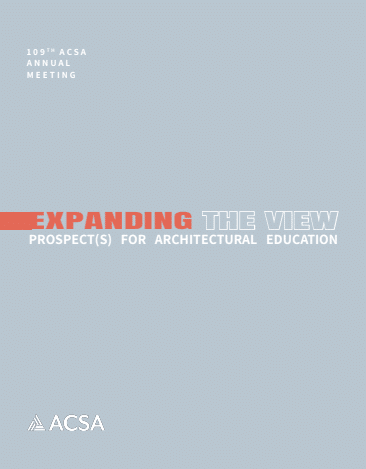Author(s): Zachary Tate Porter
The relationship between building and ground is one of the most significant dynamics within the discipline of architecture. During the twentieth century, for instance, numerous critics interpreted the building/ground joint as a symbolic representation of the discipline’s conceptual posture towards modernity’s shifting technological, socio-cultural, and geopolitical conditions. This paper examines architectural conceptions of ground amidst another transformative moment: namely, the arrival of a “post-digital” or “second digital” era. Whereas designers of the so-called “first digital turn” emphasized the formal possibilities facilitated by virtual space’s liberation from gravity and physics, there is an emerging generation of designers who are using digital tools in a completely different manner. Rather than formal virtuosity, these designers of the post-digital generation focus on the integration of physics, along with the properties of matter, into the virtual realm. Among the experimental approaches that fall within this larger conceptual project is the simulation of gravity, a technique that often results with the piling up of digital bits. By examining the recent proliferation of simulated piles, this paper highlights the ways in which shifting applications of digital tools are reshaping disciplinary conceptions of ground.
https://doi.org/10.35483/ACSA.AM.109.35
Volume Editors
ISBN
978-1-944214-37-1

 Study Architecture
Study Architecture  ProPEL
ProPEL 
